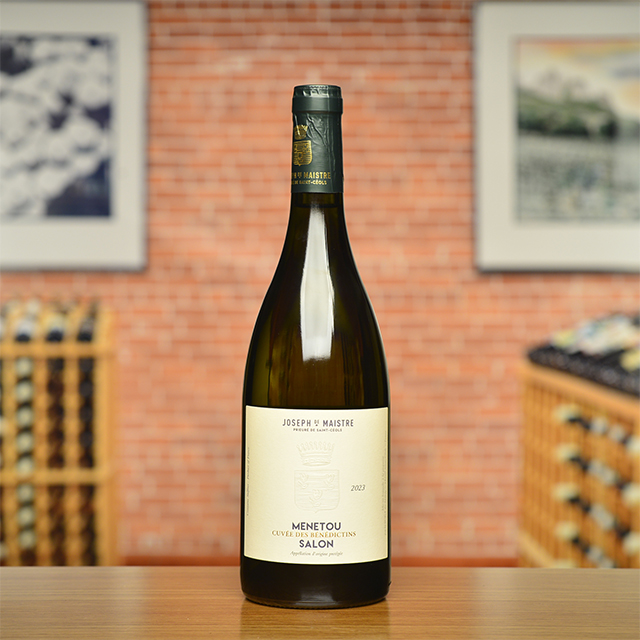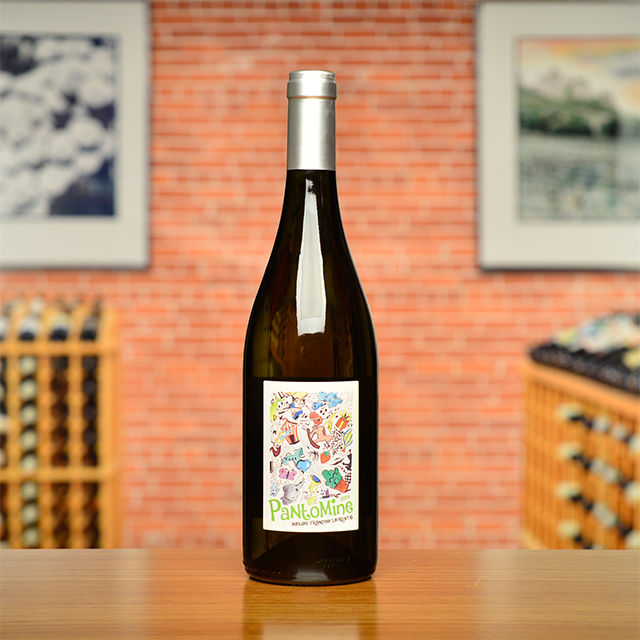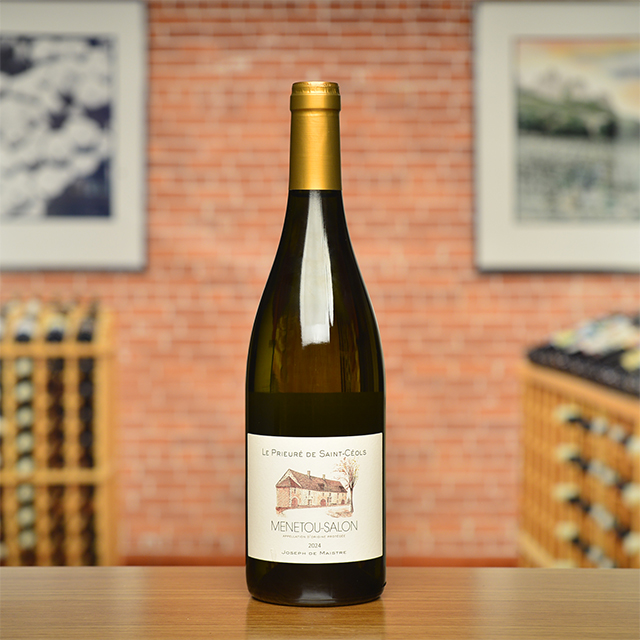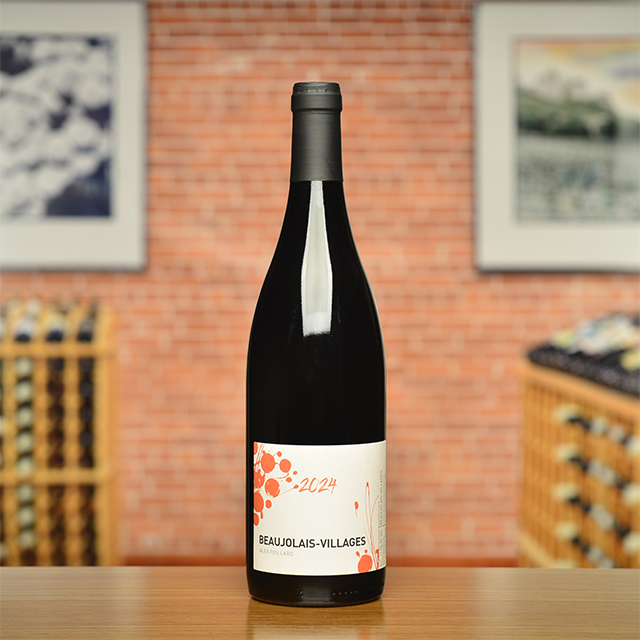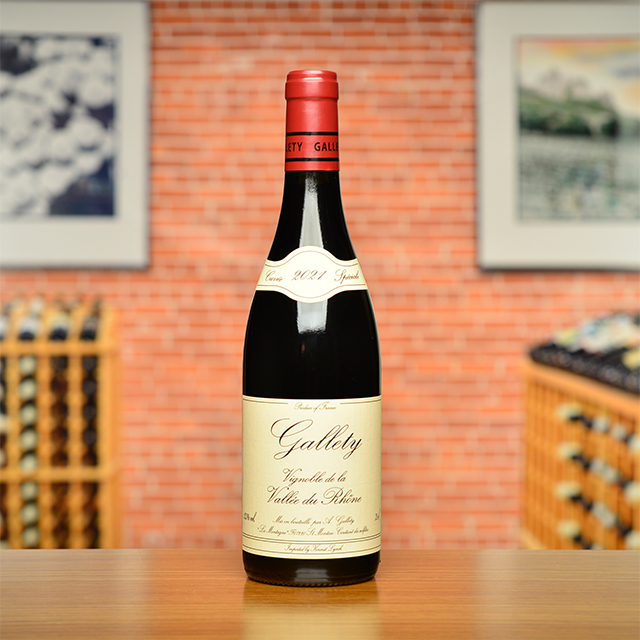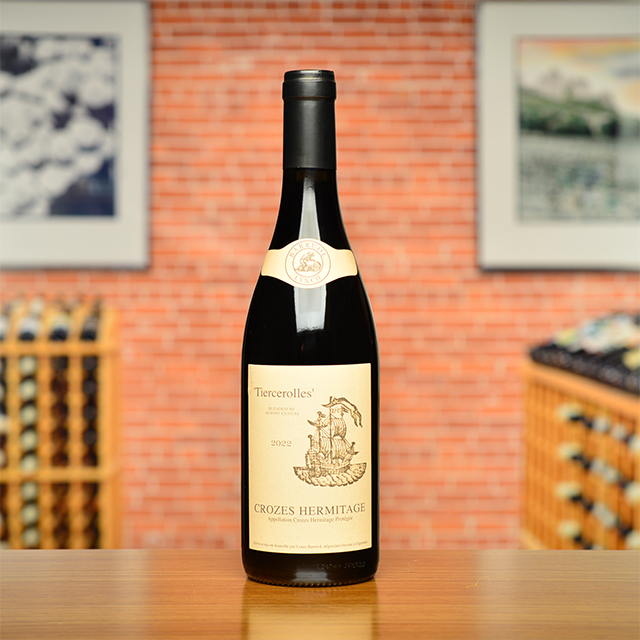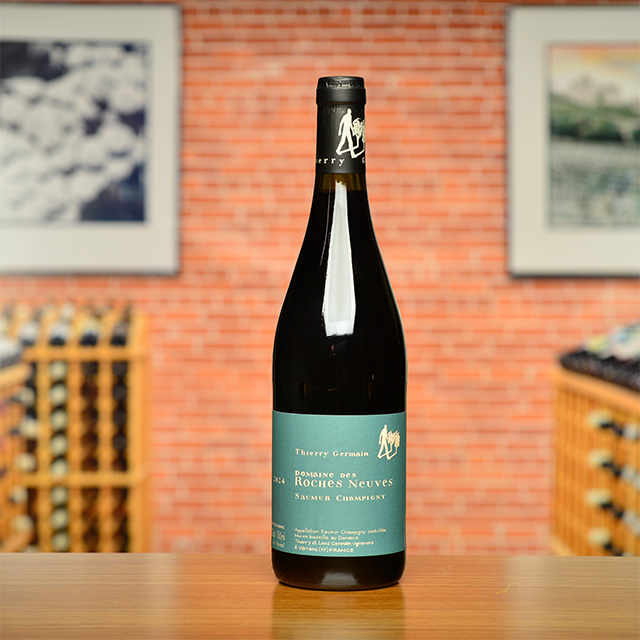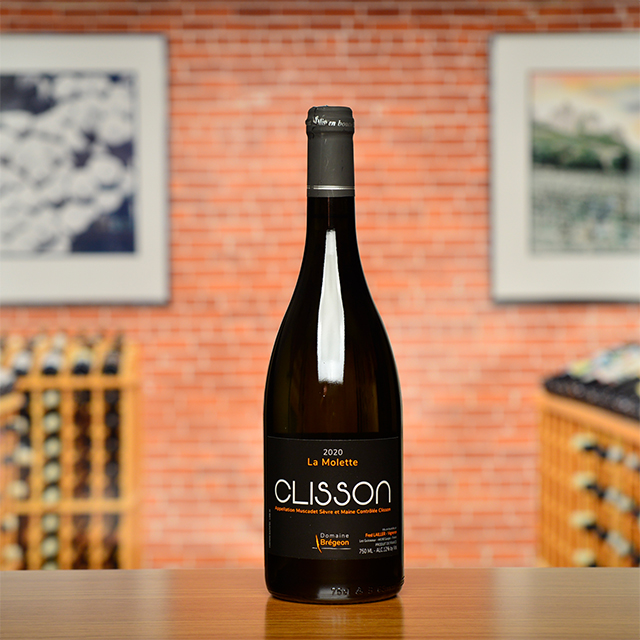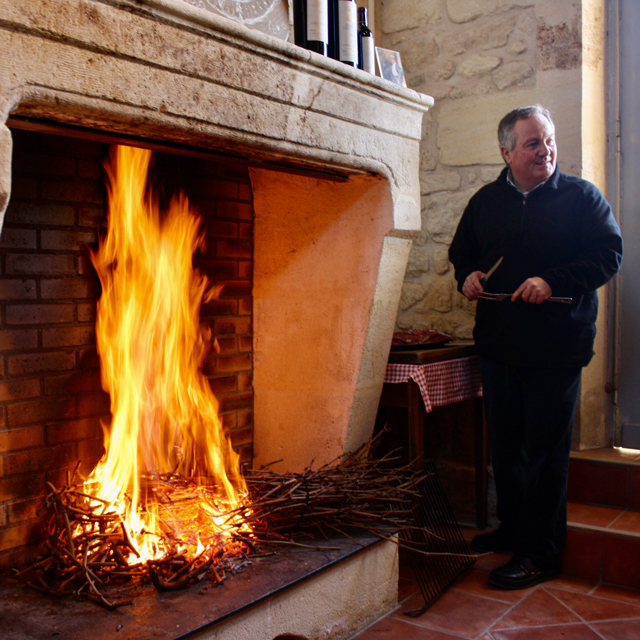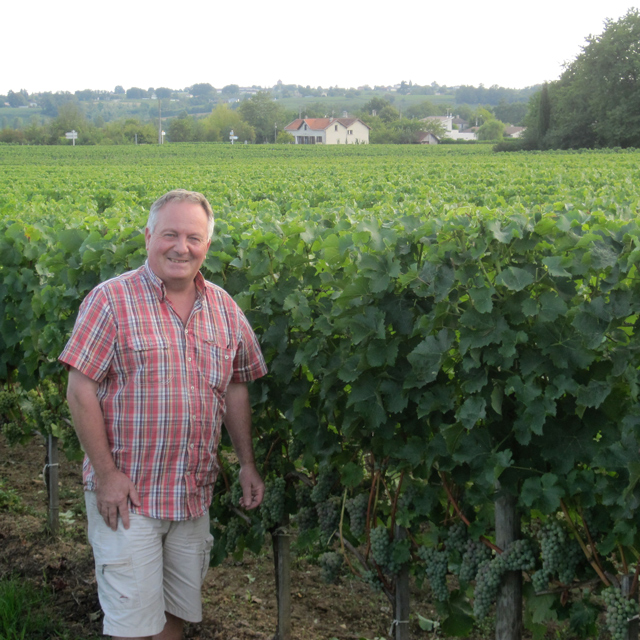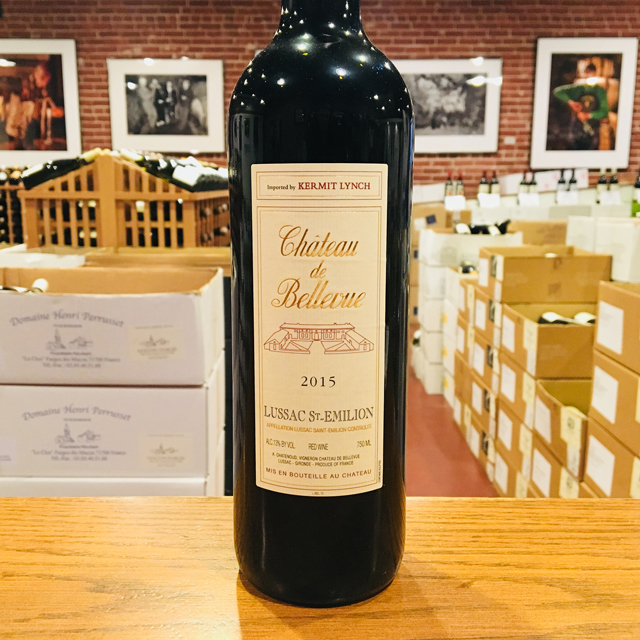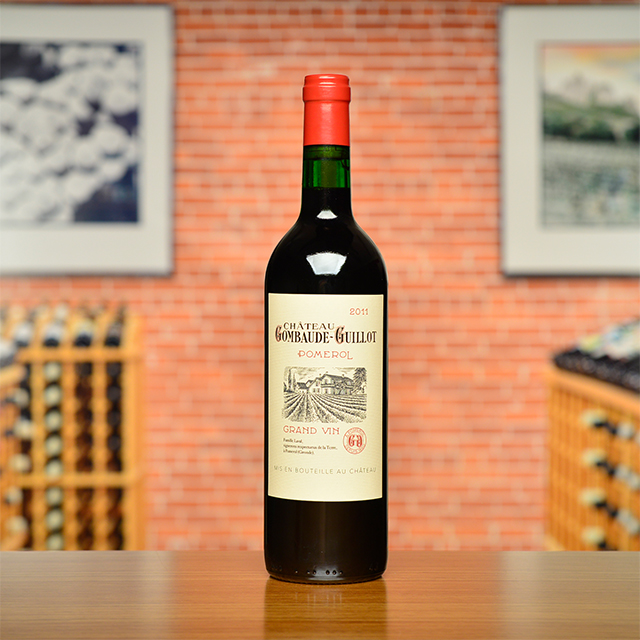André Chatenoud’s Classic Lussac Saint-Emilion
André Chatenoud’s Classic Lussac Saint-Emilion
by Jane Berg by Jane Berg
2015 Lussac Saint-Emilion
2015 Lussac Saint-Emilion
Château de Bellevue France | Bordeaux | Lussac Saint Émilion
BACK IN STOCK! This wine sold out quicker than expected when we sent out the email offer a couple of months ago. Luckily, we just received another shipment from the domaine! Now’s your chance to get your hands on some medium-aged Bordeaux, straight from Château de Bellevue’s cellar.
If you’re a frequent KLWM customer, you may wonder why we only import a handful of Bordeaux. Earlier in his career, Kermit said the reason he didn’t offer a wider selection was because the market was so label-oriented, and he fancied himself a wine merchant, not a label merchant. Well, Château de Bellevue makes a real wine, an organic one, and certified as such for nearly twenty successful years. Located in northern Bordeaux, where Merlot dominates, grapes grow in limestone and clay soil that’s chalkier and less pebbly than in the the left bank to the south, where Cabernet Sauvignon thrives. The wines here are therefore more mineral and fruit-driven than they are meaty and robust.
To enjoy the 2015 Lussac Saint-Emilion from Château de Bellevue, which has softened generously during its time in bottle, feels like a sophisticated and distinguished experience. Akin to reading a leatherbound literary classic or cozying up in your grandpa’s cashmere sweater, it’s luxurious (shockingly so, at this price) yet an incredibly down-to-earth bottle of wine.
There’s no need to decant this Bordeaux. Its delicate and tangy nose of red berries and graphite blossom willingly into a mouthful of violet and black tea on the palate. Pair it with something as simple as a succulent roast chicken with a side of salad greens, or, if you are feeling très Bordeaux, try it with braised chicories and skewers of smoky bacon and scallop brochettes à la Richard Olney. In his book “Ten Vineyard Lunches,” which opens with the irresistible line, “Every meal is a celebration,” Olney offers a few recipes that will have you dreaming of long languorous lunches in the sud-ouest, glass of Bellevue in hand, overlooking a sea of vines and stately châteaux in the distance.
To enjoy the 2015 Lussac Saint-Emilion from Château de Bellevue, which has softened generously during its time in bottle, feels like a sophisticated and distinguished experience.
| Wine Type: | red |
| Vintage: | 2015 |
| Bottle Size: | 750mL |
| Blend: | 95% Merlot, 5% Cabernet Franc |
| Appellation: | Lussac Saint Émilion |
| Country: | France |
| Region: | Bordeaux |
| Producer: | Château de Bellevue |
| Winemaker: | André Chatenoud |
| Vineyard: | 40 years, 9.5 ha |
| Soil: | Clay, Limestone |
| Farming: | Organic (certified) |
| Alcohol: | 13% |
